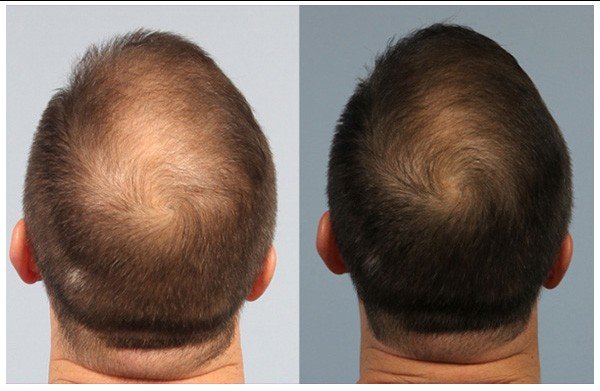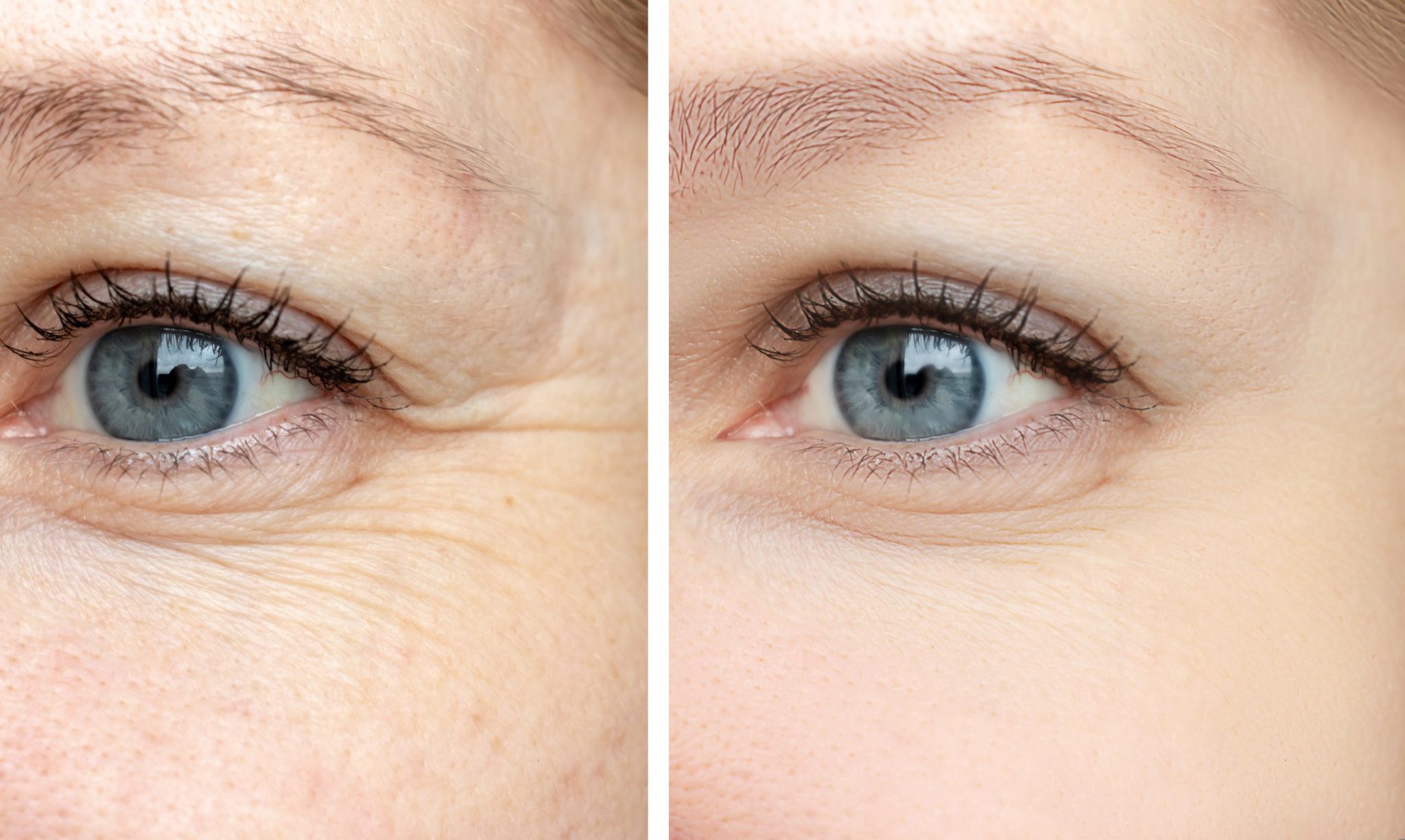PRP Injection vs. Surgery: Which Will You Choose for a Pain-Free Life?
Platelet-rich plasma (PRP) injections, a cutting-edge regenerative medicine approach, employ a patient’s blood platelets to expedite the healing process. Platelets, replete with growth factors and proteins, are instrumental in tissue repair. In PRP treatment, a small blood sample is extracted from the patient, after which a centrifuge is used to separate platelets from red and white blood cells. The concentrated platelet-rich plasma is subsequently injected into the targeted area for healing. PRP injections can address various conditions, including:
- Sports injuries such as tendonitis and ligament tears
- Osteoarthritis
- Hair loss
- Facial wrinkles and scars
Table of Contents
How Does PRP Injection Work?
Platelets contain an array of growth factors and proteins that play a pivotal role in tissue regeneration. The introduction of PRP into an injured area stimulates the body’s inherent healing mechanism. Additionally, PRP can mitigate inflammation and alleviate pain, owing to its anti-inflammatory properties and pain-relieving hormones.
What conditions are PRP injections used for?
PRP injections have a versatile utility and are employed in the treatment of:
- Sports injuries (tendonitis, ligament tears, muscle strains, joint injuries)
- Osteoarthritis
- Hair loss
- Facial wrinkles and scars
- Chronic wounds
- Sexual dysfunction
Benefits and Risks of PRP Injections
PRP injections are generally safe but not without potential risks:
Benefits:
- Enhanced healing
- Pain and inflammation reduction
Risks:
- Pain and swelling at the injection site
- Infection
- Nerve damage
- Bleeding
- Allergic reactions
Who is a Good Candidate for PRP Injection?
PRP injection is suitable for individuals who:
- Have conditions unresponsive to conventional treatments
- Seek alternatives to surgery or invasive procedures
- Face high risks associated with surgical interventions
Cost and Availability of PRP Injections
The average cost of PRP injections varies depending on a number of factors, including the cause of the injection, the number of injections needed, and the geographic location of the provider.
PRP injections are available from a range of healthcare specialists, including orthopedic surgeons, sports medicine physicians, dermatologists, and plastic surgeons.
Here is a general overview of the average cost of PRP injections for different causes:
- Hair loss: $1,200-$4,000
- Knee pain: $1,000-$3,000
- Tendonitis: $700-$1,500
- Ligament tears: $1,000-$2,000
- Osteoarthritis: $1,500-$3,000
- Facial rejuvenation: $1,000-$2,000
PRP Injections for Hair Loss
PRP injections effectively combat hair loss resulting from androgenetic alopecia (male pattern baldness) and female pattern baldness. Additionally, they can stimulate hair growth post-hair transplant surgery.
Benefits:
- Promotion of hair growth
- Increased hair density
- Reduction of hair loss
Side Effects:
- Mild and temporary side effects, including pain, swelling, itching, and redness
Success Rate:
- Success varies, but studies substantiate PRP injections as an effective hair loss treatment.
PRP Injections for Knee
PRP injections can alleviate knee pain and injuries, encompassing osteoarthritis, tendonitis, and ligament tears.
Benefits:
- Pain reduction
- Improved function
- Enhanced healing
Reviews:
- Generally, positive reviews from patients who report pain reduction and improved function.
Success Rate:
- Success rate varies but studies indicate the effectiveness of PRP injections for knee pain and injury.
PRP Injections for Face
PRP injections are deployed to enhance facial appearance by diminishing wrinkles, scars, and age-related signs. They can also stimulate scalp hair growth.
Benefits:
- Wrinkle reduction
- Improved skin tone and texture
- Scar reduction
- Promotion of hair growth
Types of PRP Injection for Face:
- PRP injection for wrinkles
- PRP injection for hair loss
Swelling After PRP Injection for Face:
Temporary, mild swelling is a common side effect and typically dissipates within days.
Success Rate:
- The success rate varies but research supports PRP injections as an effective treatment for wrinkles, scars, and hair loss.
PRP Injection Recovery Time
Recovery time hinges on the patient and the treated area. Most individuals can resume normal activities within a few days post-PRP injection.
Insurance Coverage for PRP Injections
Coverage varies between insurance companies. Some may cover PRP injections for specific conditions, while others offer no coverage.
How Long Do PRP Injections Last?
Results’ longevity varies but generally spans several months to a year.
How Long Should You Rest After PRP Injection?
The duration of rest required depends on the injection site; for instance, knee injections might necessitate a few days of rest.
PRP Injections for Face Before and After Pics
Numerous before-and-after pictures of PRP injections for the face can be found online.



Can I Drive After the PRP Injection?
Typically, driving is permitted after PRP injections, although individuals receiving facial injections may opt to wait until swelling subsides.
Conclusion
PRP injections offer a promising avenue for treating diverse conditions. It’s essential to bear in mind that PRP is still under scrutiny, and further research is imperative to affirm its long-term safety and effectiveness. Before considering PRP injections, consult your doctor to weigh the risks and benefits and choose a qualified provider experienced in PRP treatments.
Frequently Asked Questions About PRP Injections & Its Uses
How is PRP Injection Performed?
PRP injection involves drawing a patient’s blood, spinning it in a centrifuge to isolate platelets, and then injecting the concentrated platelet-rich plasma into the target area for healing.
What are the Potential Complications of PRP Injection?
Complications may include pain and swelling at the injection site, infection, nerve damage, bleeding, and allergic reactions.
What are the Alternative Treatments for PRP Injection?
Alternatives include surgery, cortisone injections, physical therapy, or other regenerative therapies like stem cell therapy.
Resources for Further Information on PRP Injections
To learn more about PRP injections, consult reputable medical websites, healthcare providers, or academic research articles.
American Academy of Orthopaedic Surgeons (AAOS)
National Institutes of Health (NIH)
American Society for Plastic Surgeons (ASPS):

